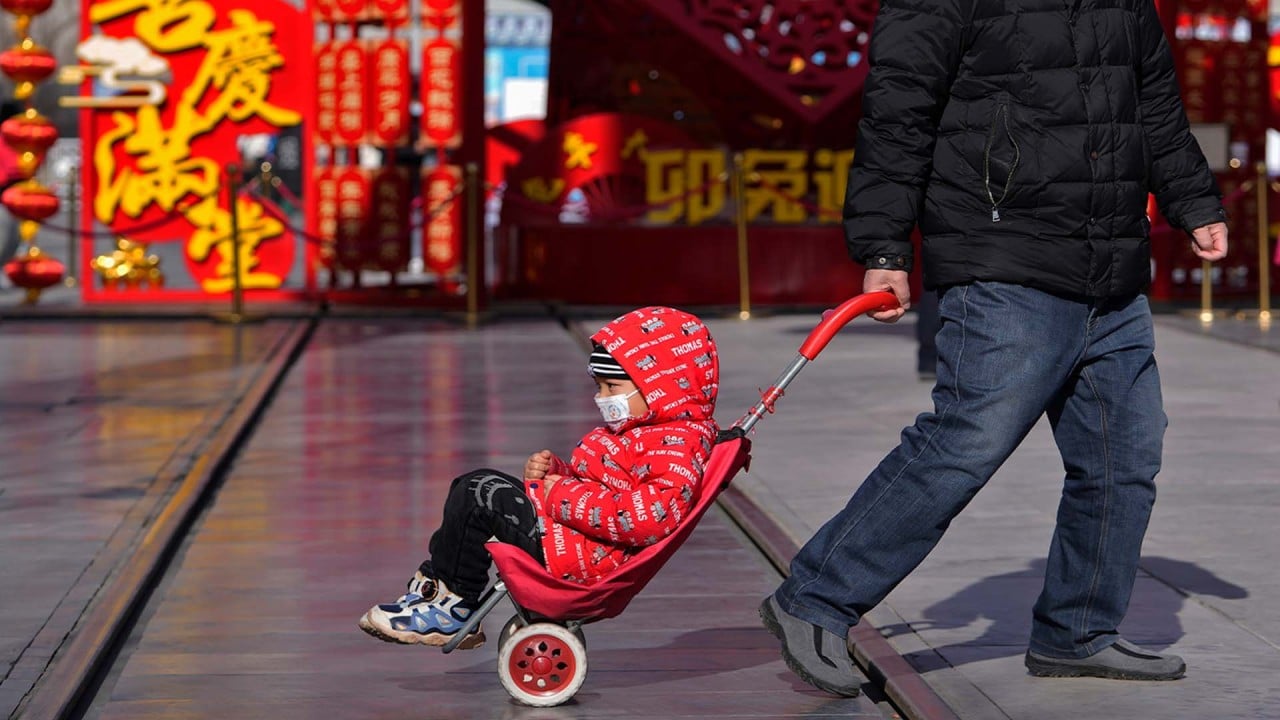
Hong Kong’s low fertility rate shows urgency of creating a more family-friendly society
- Assumptions about net migration gains offsetting natural population decline are far from certain and ignore several pressing issues
- There is no silver bullet for raising the fertility rate, but a caring, happy living environment for all can help
The government has adopted a more optimistic outlook, estimating that total fertility rates will bounce back, to above 0.9 by 2026, which is unlikely given that fertility rates in the city have been falling for decades. This suggests that an additional 10,000 babies at least would be born in Hong Kong each year. However, we are in a low-fertility trap and have little chance of slowing the decline.
However, it is also essential that these immigrants adapt and integrate well, or they may not stay long. This could even have a negative impact on attempts to build a better society and economy.
The course of Hong Kong’s population is not set in stone as it is based on assumptions that could be wrong. Nevertheless, it gives us a glimpse of our future. If we want to avoid this scenario, we must take action to ensure the current projections do not become reality.
Additionally, we must increase support for couples with children, such as by providing family allowances, reducing education expenses and offering more family medical services. These measures can help families raise their children, and will promote population growth and development.
Finally, we must promote policies that attract more high-quality professionals, boosting economic development and population growth.
More Hongkongers say no thanks to marriage, babies
Ageing will become more acute and institutional care won’t be enough. We need to promote community support and make it possible for more people to remain at home as they get older.
Good family planning education and awareness is critical. We need to remove barriers to fertility for those who want to have children and create a more family-friendly social environment. There is no silver bullet for raising the fertility rate – but a caring, warm and happy living environment will certainly help.
Paul Yip is associate dean (knowledge exchange and development) in the Faculty of Social Sciences, University of Hong Kong
Bai Yiming is a PhD student in the Department of Social Work and Social Administration, University of Hong Kong


.jpeg?itok=yYITHiCx&v=1698549792)
